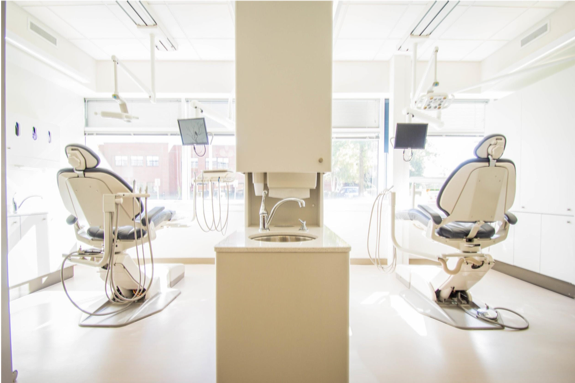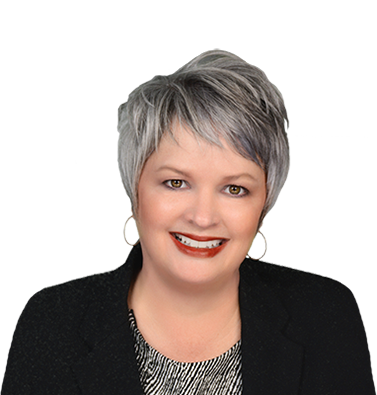
Organization is a vital part of what keeps your practice growing and thriving! Every aspect of the patient’s visit, from the moment they step foot in the office until the moment they leave, must run smoothly in order to insure the patient’s satisfaction and encourage a return visit. It all starts with the organization your office.
Tips for Optimizing Office Organization:
- Clear the Clutter. Keep the receptionist area near the entrance and free of clutter. Patients need to be able to complete and return paperwork as quickly and efficiently as possible in order to for the office to run smoothly. Having a clutter-free lobby and front desk helps ensure the patient a comfortable experience. Be in the habit of cleaning these areas regularly to boost productivity and reduce stress.
- Don’t overcrowd. Make sure your patients are comfortable in your waiting area, and don’t overschedule patients. You don’t want to have an unexpected surge of aggravated patients sitting in a cramped lobby. Each patient should feel like they are being treated like an individual, not made to feel like they are lost in a crowd. Also keep extra room available to accommodate a sudden patient overflow.
- Smooth and seamless. Organize your office to ‘flow’ in one direction. From the time a patient enters the office throughout the entirety of their visit, they should remain moving forward in the same direction, never doubling back where they’ve already been at any point. Ensure exam rooms are easily accessible from the waiting area, patients should move seamlessly from one station to another.
- Clear Digital Clutter. Make sure you have a system in place to help organize and filter your emails and digital files, in addition to a system for paper documents. Learn to prioritize different types of emails so you can easily and distinctly separate what’s important and needs an immediate response, from what’s less important or junk.
These are a few ways that organizing your office can insure a more enjoyable experience for your team as well as your valued patients, leaving them eager for a return visit.
If you’re ready for a practice consultation or other helpful tips, contact us for more information.

